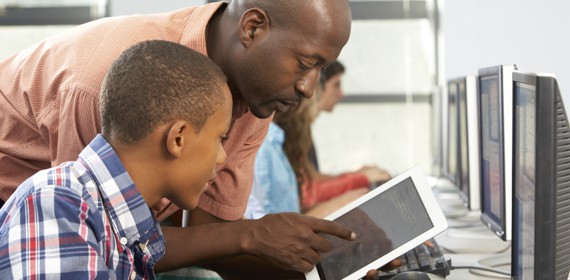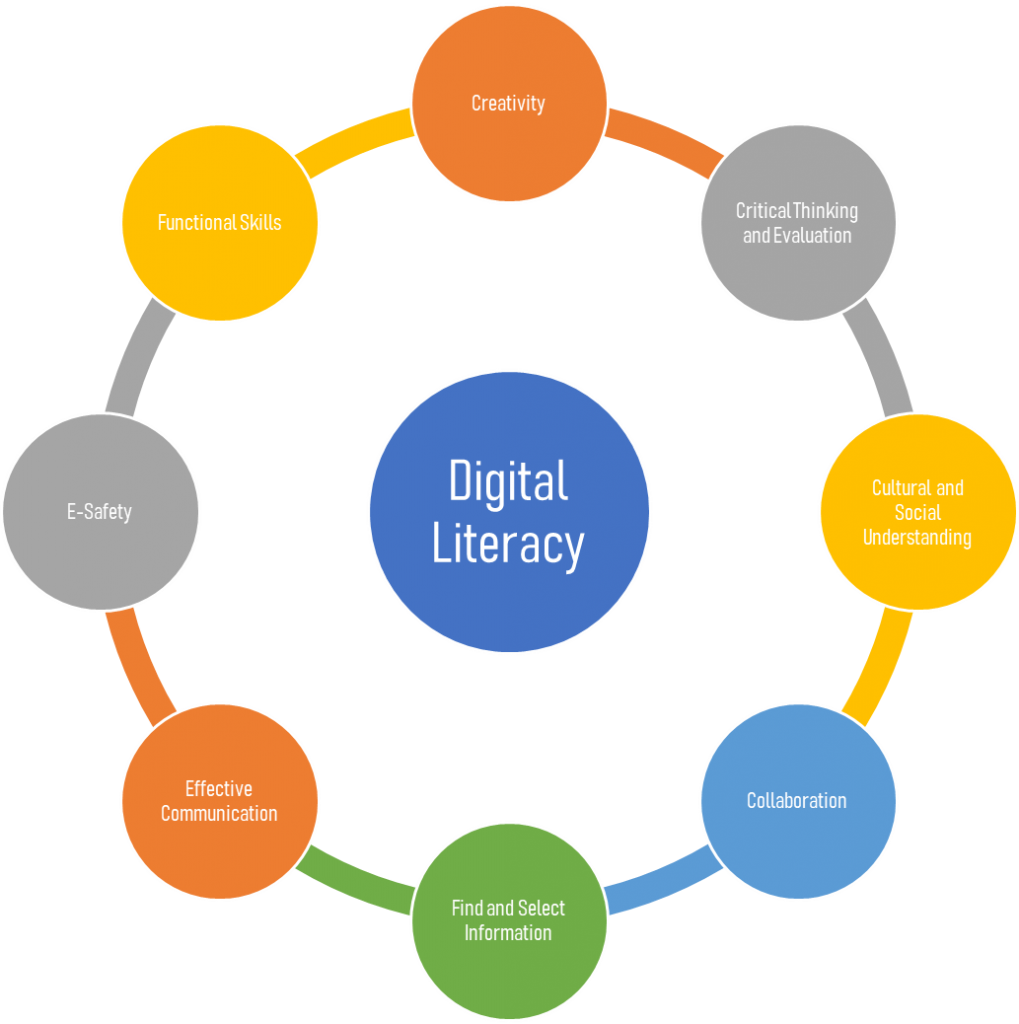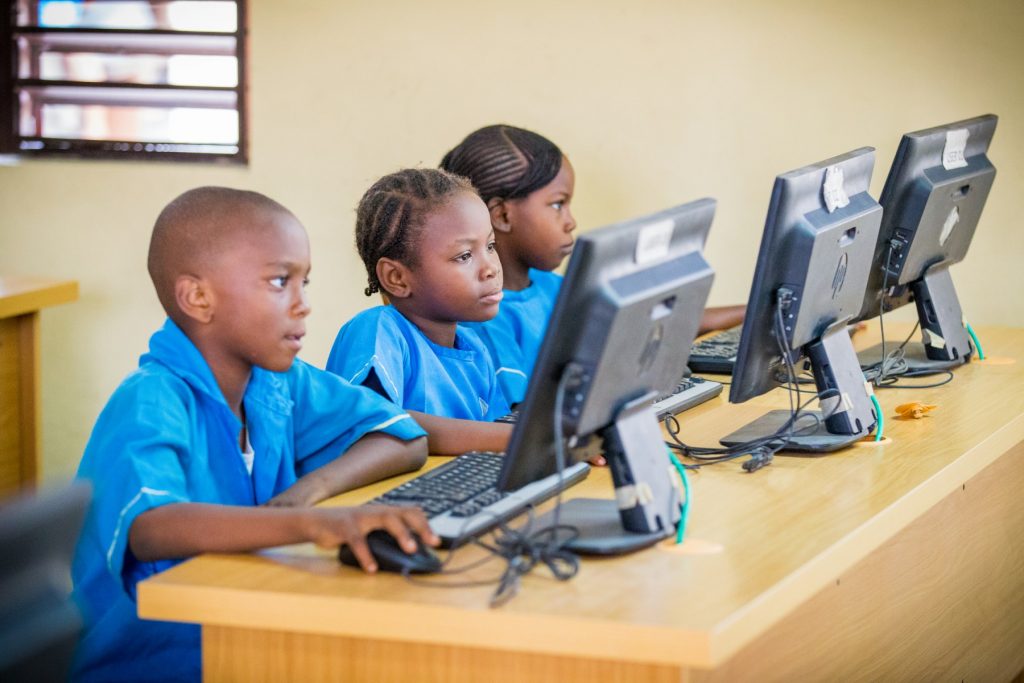
The effect of COVID-19 on the education sector cannot be overemphasized. The 5-month lockdown of schools disturbed learning, and only schools that had introduced their students to the electronic form of learning we’re able to provide learning while other schools had to stay closed.
Apart from the fact that the majority of these schools lacked the resources and infrastructure to carry out e-learning, most of their students do not even know how to operate a computer system, let alone operate the internet. How then do you expect such students to even attend classes at home if they are provided with the right resources?
We oftentimes neglect the practical aspect of teaching students, rather we only teach them the theory and bombard them with notes.
What is Digital Literacy

The digital world offers numerous benefits to every one of us. It creates platforms that allow us to connect. It also opens up opportunities to learn about new issues and sets us up with skills and innovations that were unattainable decades ago.
We just don’t train pupils in schools so they can only graduate, but so they can become employable in the future. Every learning they get from their primary to the tertiary level all contributes to what they’ll know when they grow up – so having this technical skill is important. Digital literacy isn’t just about having IT knowledge (although this is also crucial).
Digital literacy is different from computer literacy. It requires outstanding thinking skills, knowing how one is to behave in the digital world, and understanding the social issues that surround the digital world.
In short; Digital Literacy = Digital Tool Knowledge + Critical Thinking + Social Engagement.
The need for digital literacy in the classroom

“Technology is here to stay, but we need to get smarter on how best it can be used to improve teaching and learning.” School Network Manager, North Yorkshire, The State of Technology in Education Report 2016-17, ClassFlow.
Here are some practical examples to help you introduce digital literacy into your lessons:
- Teach students about online safety: Talk about cyberbully, sexting, and protection of important information. They should be taught never to give out their data to anyone online.
- Talk about body image: This includes the use of photo editing apps like Photoshop and Snapchat to show students that not all they see online is real.
How do you improve digital literacy in your school?
- Work with your teaching staff.
- Introduce this into your curriculum.
- Practice hybrid learning; the use of both conventional and e-learning.
When it comes to introducing digital learning into the curriculum, educators, government, online providers, parents, and teachers need to work together to support and protect pupils online.
The digital world is here to stay. Our pupils/students will have to face the challenges and threats that come with living with technology whether we prepare them for it or not. So, surely it is better to teach them the skills they need to stay safe and thrive.
Extracted from RescourcEd
